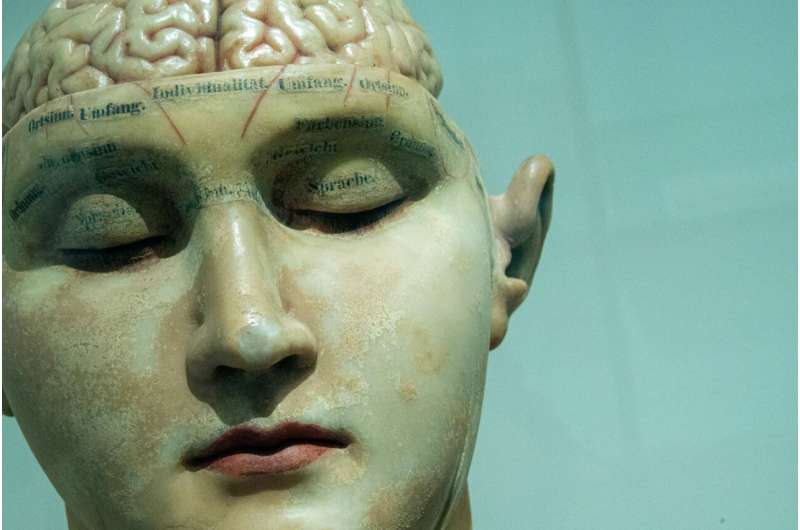
As remote work became standard around the world during the COVID pandemic, employee surveillance rapidly intensified. Companies started deploying software to electronically monitor their employees' web browsing history, emails and webcams—all in the name of ensuring continued productivity.
While the worst of the pandemic is behind us, the intense digital surveillance of workers continues. And it is set to increase even more with the growing popularity of brain-monitoring neurotechnology, which is already used in mining, finance and other industries.
This technology is capable of measuring brain waves and making inferences about a person's mental state, such as whether they are tired or unfocused. The United Kingdom's Information Commissioner's Office predicts it will be common in workplaces by the end of the decade. By then, the market for neurotechnology devices is expected to be worth more than US$24 billion.
This presents major privacy concerns for workers in Australia—especially as there are no current privacy law provisions protecting employee data generated from neurotechnology. This is something the Australian government should urgently fix as it prepares to introduce draft privacy reforms into federal parliament this month.
Neurotechnology: Coming to a brain near you
Neurotechnology has long been used in the field of medicine. Perhaps the most successful and well known example are cochlear implants, which can restore hearing.
But neurotechnology is now becoming increasingly widespread. It is also becoming more sophisticated.
Earlier this year, tech billionaire Elon Musk's firm Neuralink implanted the first human patient with one of its computer brain chips, known as "Telepathy." These chips are designed to enable people to translate thoughts into action. More recently, Musk revealed a second human patient had one of his firm's chips implanted in their brain.
But there are less invasive and more accessible types of neurotechnology now available. These use sensors attached to a person's head to monitor their brain activity.
Examples include SmartCaps, which measure fatigue in real time to reduce the risk of workplace accidents, and Emotiv headsets, which can be used for everything from interactive gaming to scientific research.
Apple is also developing the next generation of wireless headphones which are capable of monitoring brain waves.
Devices such as these are already used in workplaces across industries such as mining, finance and sport.
Combining neurotechnology with artificial intelligence (AI) for data analysis provides employers with even deeper insights into employee behavior in and around the workplace.
This article is republished from The Conversation under a Creative Commons license. Read the original article.![]()
Citation: Opinion: Neurotechnology is becoming widespread in workplaces—and our brain data needs to be protected (2024, August 20) retrieved 20 August 2024 from https://techxplore.com/news/2024-08-opinion-neurotechnology-widespread-workplaces-brain.html
This document is subject to copyright. Apart from any fair dealing for the purpose of private study or research, no part may be reproduced without the written permission. The content is provided for information purposes only.
